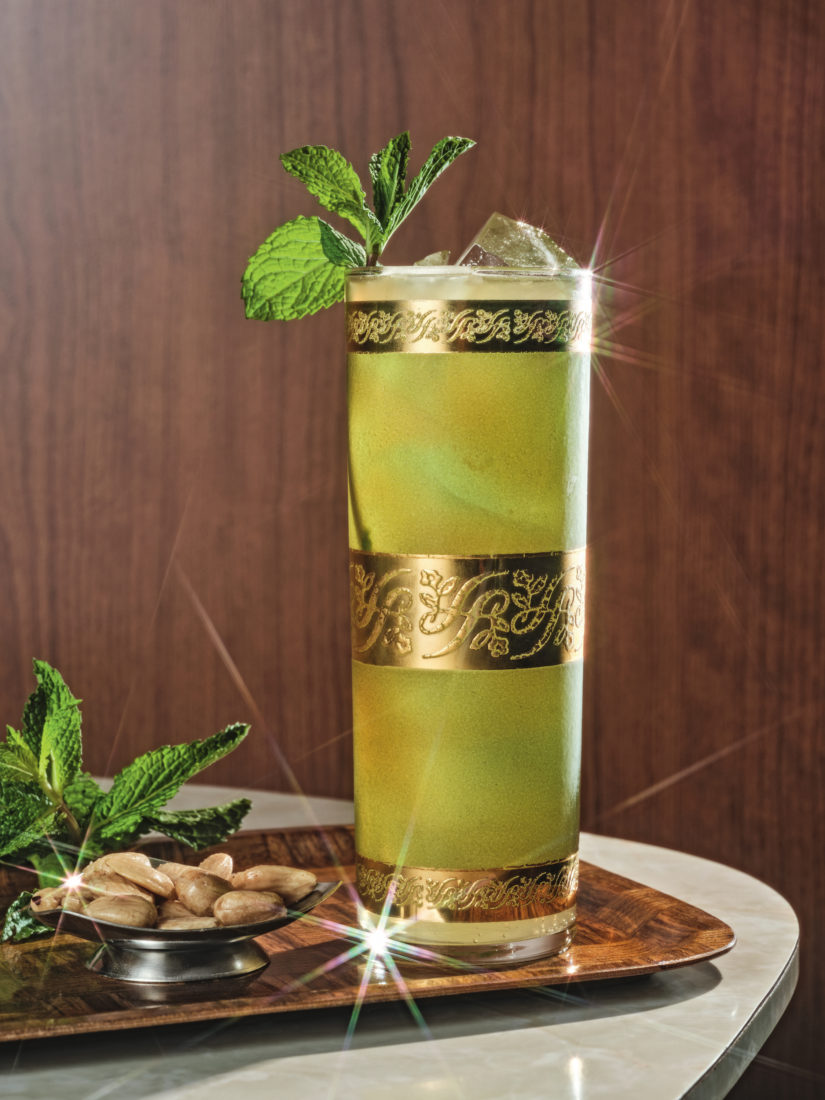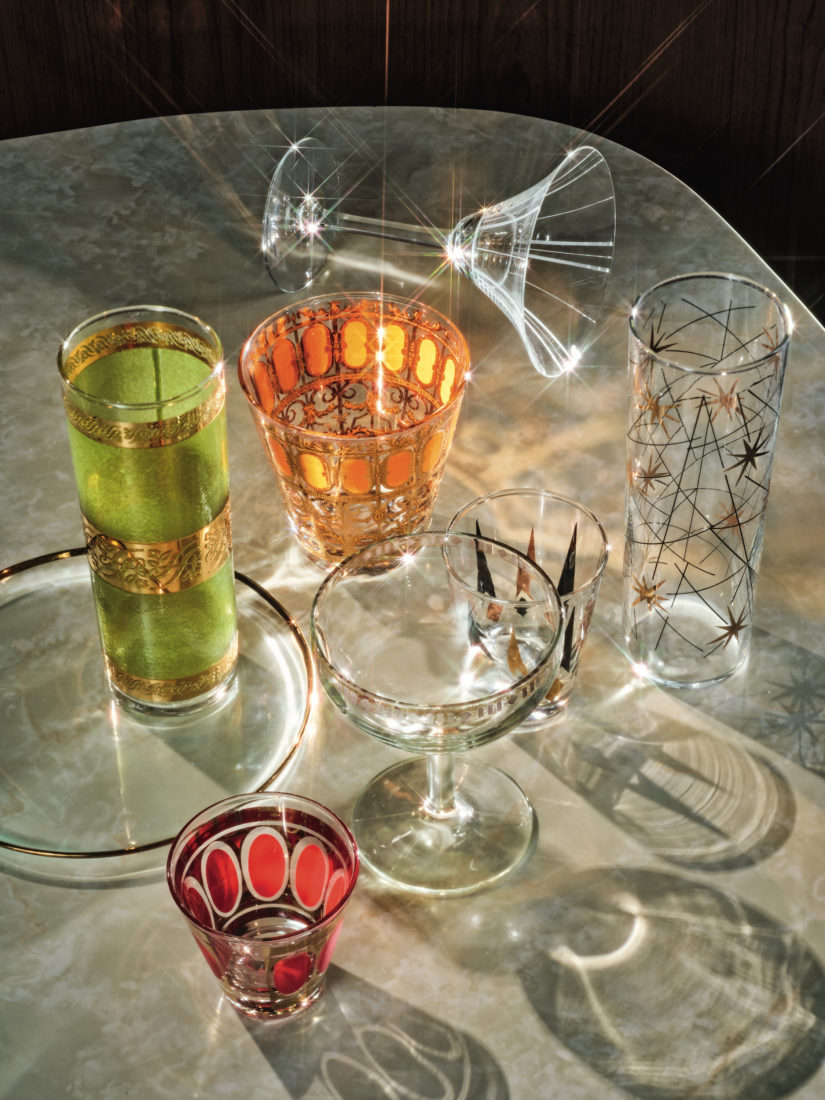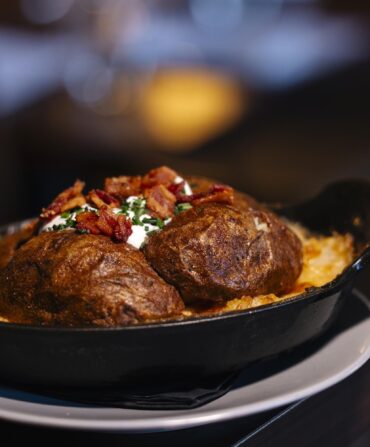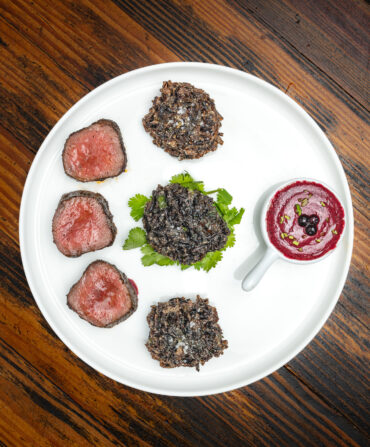You’re a person of the world, but you’re not snooty. You can enjoy a well-made cocktail served in just about anything. Silver-plated julep cup? Sure. That plastic go cup saved from your niece’s wedding? Fine. It doesn’t matter, really.
Except, well, I regret to report that it actually does matter. The vessel you choose to use will change the taste of the liquid in it. Don’t take my word for it—ask science.
Studies have shown that the size and the shape of a wineglass can highlight some aromas and inhibit others. Other research suggests that a thin rim on a beer glass can channel more flavor to the center of your tongue where eager taste buds await, whereas a straight-sided, thick-rimmed pint glass can flood your mouth, prompting your tongue to involuntarily flee upward, unevenly distributing the beer across the taste buds, which may then perceive the beer as more bitter.
And cocktail glasses? Tradition is long but studies are few. A martini goes in a martini glass, of course. A highball goes in a highball glass. An old-fashioned goes in a rocks glass. Yet broader studies of beverage consumption assert that the quality of vessel within these hallowed traditions also matters: Water drunk from flimsy plastic cups satisfied less than the same water served by other means. Liquid sipped from a blue glass quenches thirst better than that from green, yellow, or red glasses.

A heavier drinking vessel may also imply quality, which then magically lifts the drink itself. Experience bears this out. I own a number of julep cups, some weightier than others. I’m pretty sure the juleps served in the heavier ones taste far superior to those in the cheaper tin knockoffs. This actually has some grounding in gastronomic science. In blind taste tests, identical foods invariably rate higher if eaten with heavier cutlery. It follows that cocktail glasses that feel heavy when empty will result in cocktails that seem more heavenly when filled.
In fact, I’d be willing to go one step further. Cocktails served in well-proportioned vintage glasses taste better than those in basic glassware from big-box stores. That’s not according to science, but according to me. At antique malls, I gravitate toward the clusters of old glasses, especially those with unique designs or logos from extinct liquors. If I’m feeling more aspirational, I’ll swing by Vintage 329 on Royal Street in New Orleans. The shop has a back room with remarkable glassware on display, showcasing options from the past century, including, above, a striking green Starlyte collins glass by Culver, and opposite, a red Golden Arch double shot glass by Fred Press and Libbey’s Starburst Atomic collins glass.
Heft plus history plus a riff on a classic drink: That’s an algorithm that works every time. Ask science. Better yet, run the experiment yourself with this Bootsy Collins, a dual-liquor spin on a John Collins, created by Will Thompson at Jaguar Sun in Miami.
You may open your test booklet and start now.








